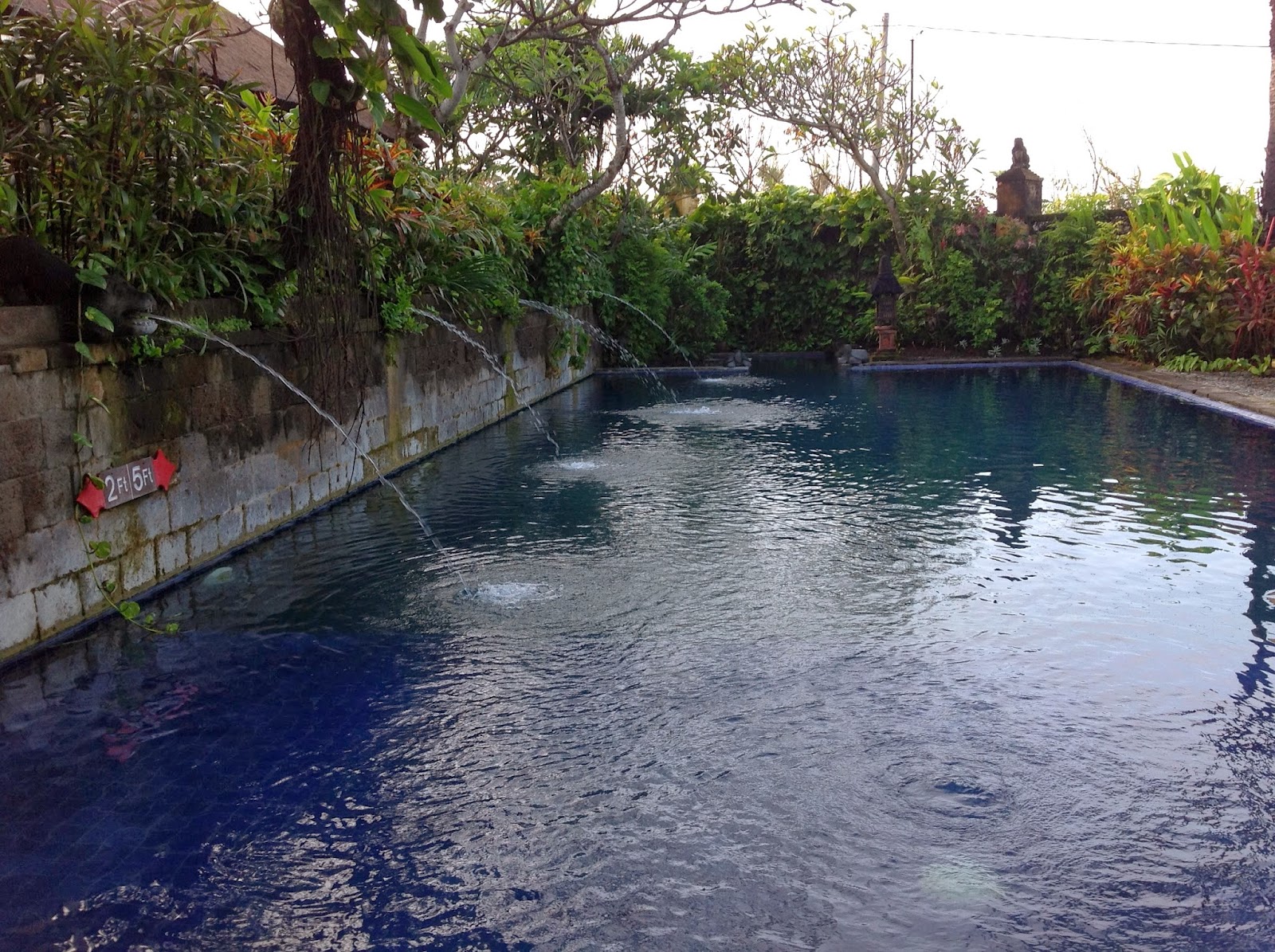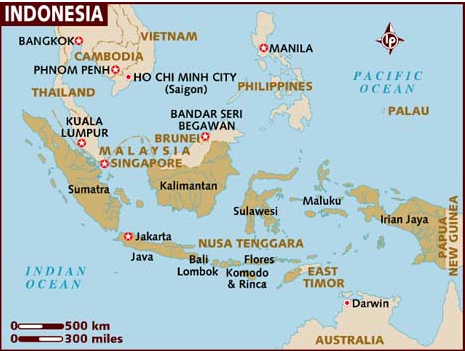 |
| Richard Parker is in Bali. |
The island of Bali is one of 34 provinces in Indonesia and includes a few smaller neighbouring islands. The island has been the setting for several Hollywood films, notably South Pacific and Eat, Pray, Love. The latter movie, and the book written by Elizabeth Gilbert in 2006, has apparently inspired millions of women all over the world to travel to Ubud, Bali to find spirituality and love. Since the Dutch left the island in 1949, this central Bali, hippy hangout has been a destination for travellers in search of enlightenment, but since Eat, Pray, Love, solo female travellers in their forties and fifties, have gathered in the hundreds, taking bus tours to locations featured in the novel, visiting healers, taking classes, and having therapies!
 |
| near Seminyak |
| Canggu |
There are still many destinations in Bali, off the beaten path, to find paradise and have the tranquil island experience. Our hotel was such a place. We stayed on Canggu Beach at the Tugu (meaning monument) Bali Boutique Hotel.
It was an artistic sanctuary - Indonesia's rich culture on display with antiques and Balinese architecture. Hotel Tugu Bali was built to show an appreciation of the art, history and culture of the islands of Java and Bali. A huge collection of priceless Indonesian antiques and artworks can be found all over the property, nestled among the lush gardens, secret nooks and serene fish ponds.
We felt like we were part of a family living in a Balinese village. The staff did a great job recreating the finest Balinese and Javanese hospitality and culture.
| Tugu had quiet spots to relax all over the property. |
Bali has likely been populated since early prehistoric times, but the oldest human artefacts found are 3000-year-old stone tools and earthenware vessels from the island's northwest coast. Hinduism spread to Bali, mainly from Indonesian Java, from 1019 to 1042 and the island is still home to most of Indonesia's Hindu minority.
 |
Our private spa on the covered balcony of our room at Tugu.
|
The first Europeans to set foot in Bali were Portugese and Dutch mariners in the late 1500’s. They fell in love with the island and some crew members refused to leave. At that time, Balinese prosperity and artistic activity among the royalty, were at a peak. The king had 200 wives and a chariot pulled by two white buffaloes.
 |
| Morning coffee at Tugu. |
In 1602 the Dutch East India Company was established when the Government of the Netherlands granted it a 21-year monopoly to carry out colonial activities in Asia.
| Canggu beach, Tugu |
At first, the Dutch didn’t take any forceful control; they established trading posts in Bali instead. However, by the early part of the 19th century, the Dutch exerted an increasing presence in Bali. By then, Bali's independent kingdoms had been established but the Dutch were intent on increasing their own control.
Every morning this woman made fresh flower
arrangements, like the one at right, for rooms and
restaurtants.
|
 |
| Very relaxing Tugu pool. |
 |
| We were lucky enough to share our adventure in Bali with good friends Kathy and Michael. |
 Garuda Megibung |
Tugu has several cultural dining venues. One, the Garuda Megibung, has chair-less seating arrangements, done from the north-end of the table, starting with the oldest member and ending with the youngest member at the other end of the long table. Each member would wear traditional Balinese clothing.
 |
| Garuda Megibung |
| Paul and Michael on Tugu's beach. Waiting for a massage? |
By the end of the 18th Century, the Dutch had gained control of most of Bali, but the south refused to yield to Dutch rule. The Dutch mounted attacks but were met by a puputan (ritual mass suicide) resistance by Balinese who refused to face the humiliation of surrender. Afterwards the Dutch governors were able to exercise administrative control over the island, but local control over religion and culture was generally not interfered with.
Imperial Japan occupied Bali during World War II. Following Japan's surrender in August 1945, the Dutch returned to Bali to try to reinstate their pre-war colonial administration. This time, however, Balinese rebels, now armed with Japanese weapons, resisted.
 |
Bale Puputan is filed with keepsakes contributed by
Bali's aristocratic families.
|
The Dutch tried to maintain their colonial rule for another 4 years before finally conceding that they no longer had a role in the East Indies. Bali was included in the Republic of the United States of Indonesia when the Netherlands recognized Indonesian independence on 29 December 1949.
 |
| Our Balinese family. |
| Tugu |
Western tourism first developed on the island in
the 1930s, when a few anthropologists (e.g., Margaret Mead), artists and musicians
created a western image of Bali as "an enchanted land of philosophers at
peace with themselves and nature". This pre-WWII image of Bali as
"paradise" was reborn in the early 1970’s. The resulting growth in
tourism led to increases in Balinese standards of living and significant
foreign exchange earned for the country.
Tugu secret gardens! |
The ladies are wearing traditional ikat skirts. Ikat is a dyeing technique used to pattern textiles in a process similar to tie-dye.
| Balinese dance ceremony performed before a special dinner. |
| Tugu had an excellent menu of Balinese and Javanese delights. |
Bombings in 2002 and 2005 by militant Islamists severely affected tourism, bringing economic hardship back to the island. However, Bali's tourism economy survived the terrorist bombings and the industry has in fact slowly recovered and even surpassed its pre-terrorist bombing levels.


Bali is the largest tourist destination in Indonesia. Balinese culture has been strongly influenced by Indian, Chinese, and particularly Hindu culture. Unlike most of Muslim-majority Indonesia, about 83.5% of Bali's population adheres to Balinese Hinduism, a combination of existing local beliefs and Hindu influences from mainland Southeast Asia and South Asia.
Surfing:
 |
| We took lessons at the Rip Curl School of Surf. |
Surfing, or heenalu, was invented thousands of years ago by the Polynesians, who brought it to Hawaii when they settled there. Wave sliding, as it was known then, was once part of the culture of Hawaiian society, and was considered the sport of kings. In the late 1700’s, however, European missionaries banned the activity and surfing was mostly forgotten for 150 years. Then in 1912, Duke Kahanamoku, one of only a handful of surfers that remained, demonstrated the art of wave sliding in California and later in Australia in 1914. Surf culture didn’t really began to catch on until the end of the ‘50’s, as a result of US serviceman being stationed all over the world, but surfing became a mainstream activity emanating from southern California in the ‘60’s with help from musicians like the Beach Boys.
 Rip Curl School of Surf was headquartered at Legian Beach |
Learning to surf is serious business! We
had a study book and everything!
|
Surfing in Bali began in 1936, when a California surfer, who had moved from Hawaii, opened the Bali Hotel on Kuta Beach. But it wasn’t until the ‘60’s when a couple of Australian surfers discovered the Bukit Peninsula, the southern most part of the island and home to some of the best beaches, that surfers really started to trickle into Bali.
| Safety first! |
| We had extensive dry land training. (from right Michael, Paul and me. Kathy in red shirt, far left). |
Bali is considered a good place for surfing because of the variety of wave and reef breaks available most of the year and the warm water. There are 4 main surfing regions: West Bali, South Coast, Bukit and East Coast. We went to Kuta/Legian to learn to surf, but we also went out to the reef break at Sanur.
| Paul, 1st day |
Paul is a snowboarder but he didn't think that gave him much of an advantage in learning to surf. On our second day, we went to Sanur on the east side of the island. There, we took a boat about 2 kms. offshore to a reef to learn paddling technique and how to surf the reef break. We also learned the Eskimo roll in order to avoid being pushed back by waves that have already started to break. The second day was tough - big waves, lots of paddling and rolling. I didn't last long! We were all pretty exhausted by the end of that day.
| 1st day at Legian. |
I finally got up, at left. I wouldn't have been able to do it without the instructors. They held the board while I got on, picked the wave for me and gave me a push. They also yelled instructions - mostly "get up, get up!" The sooner you are up, the more chance you have of finding your balance and having a good ride. Standing up is very tricky, however, and I soon learned that surfing is a sport learned best when you are young!! I was the oldest member of our group.
| It's all about the board shorts!! (3rd day) |
| Our ride! |
3rd day. Notice, by then he had switched his forward
foot. |
| We had a great time surfing in Bali! |
| The shaka is the universal surfer's hand signal.It originated in hawaii and was popularized by surfers in the '60's. |



